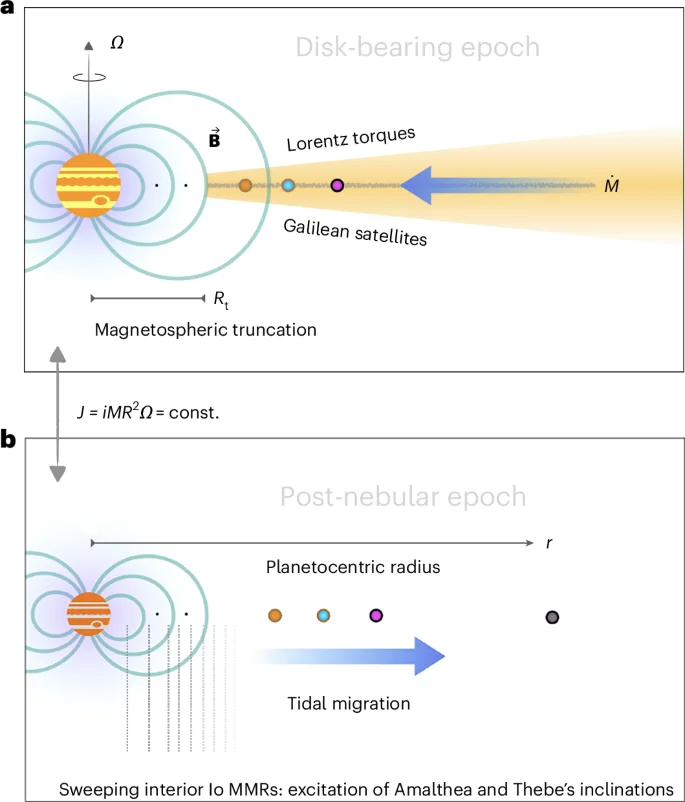
Jupiter’s Shocking Secret: The Giant Planet Was Once More Than Twice Its Size, Reveals New Study
Jupiter, the behemoth of our solar system, has long fascinated scientists. But new research reveals a stunning secret about its past: Jupiter was once more than twice its current size! This revelation, stemming from a study by Caltech and the University of Michigan, published in Nature Astronomy, provides invaluable insights into the solar system's early evolution.
Imagine a Jupiter so vast, it could house 2,000 Earths with room to spare. That's the picture painted by this research. According to the study, around 4.5 billion years ago, a mere 3.8 million years after the first solids formed in the solar system, Jupiter was a bloated giant. Over eons, it cooled and contracted to its present, comparatively humble size. This shrinking giant not only reshaped its own destiny but also influenced the orbits of other nascent planets. As Konstantin Batygin, a professor of planetary science at Caltech and co-lead author, aptly stated, "This brings us closer to understanding how not only Jupiter but the entire Solar System took shape."
The key to unlocking Jupiter's past lies in its tiny moons, Amalthea and Thebe. Their orbits exhibit anomalies that couldn't be explained by Jupiter's current size. By focusing on measurable aspects of the Jovian system, such as the orbital dynamics of these moons and the planet's angular momentum, the researchers pieced together a compelling narrative.
Their calculations revealed a primordial Jupiter with a radius 2.5 times larger than today. Furthermore, its magnetic field was a staggering 50 times more powerful than its already formidable present state (20,000 times stronger than Earth's!). These findings dramatically alter our understanding of Jupiter's role in the pivotal moment when the protoplanetary disk, the swirling cloud of matter that birthed the planets, evaporated.
While the exact details surrounding planet formation remain debated, the researchers emphasize that their measurements of Jupiter's primordial size, spin rate, and magnetic conditions are the most precise to date. This groundbreaking work offers a "valuable benchmark," as Batygin puts it, enabling scientists to confidently reconstruct the evolution of our solar system.
These new findings align with the core-accretion theory, which posits that giant planets began as solid cores, gradually accreting surrounding gas. Though the process is still intensely studied and debated by researchers, the team managed to further understanding of the architecture of our Solar System.
What are your thoughts on this fascinating discovery? How might this new understanding of Jupiter's evolution impact our search for exoplanets? Share your insights and questions in the comments below! Let's discuss the implications of this remarkable revelation about our solar system's biggest planet.Leave your comments below.